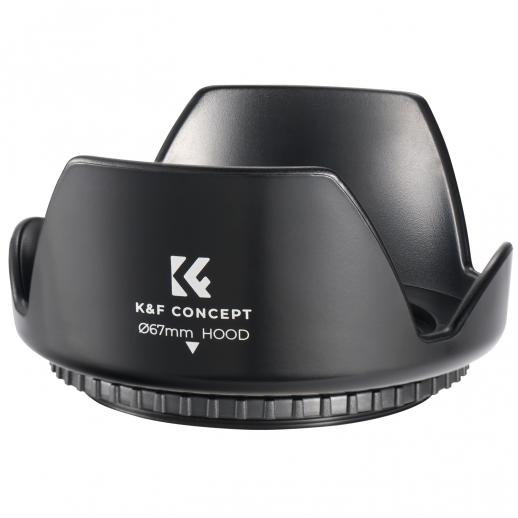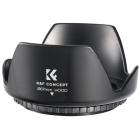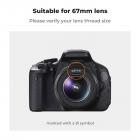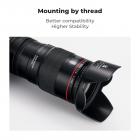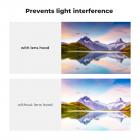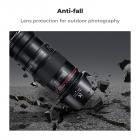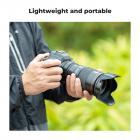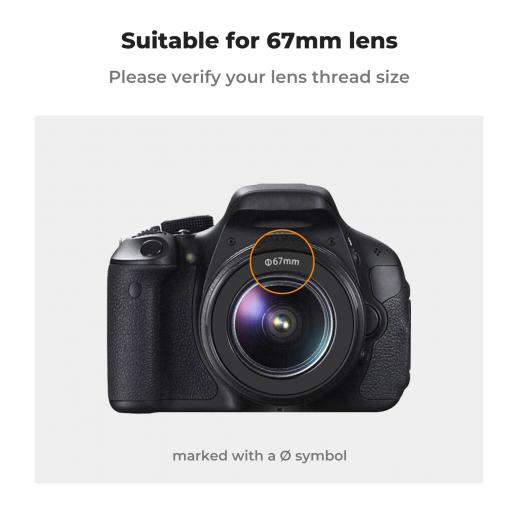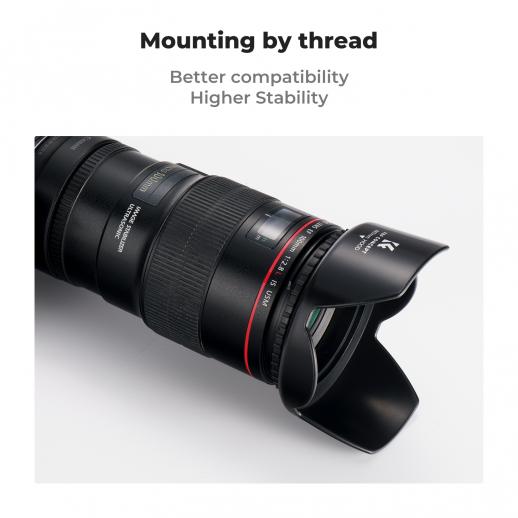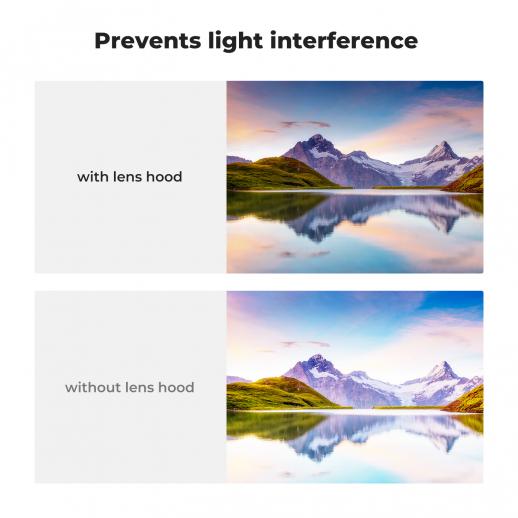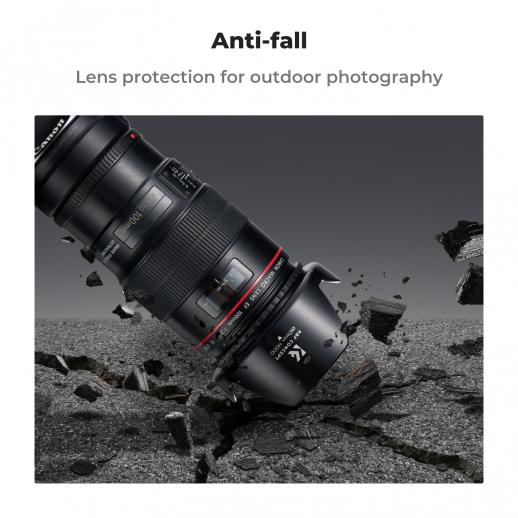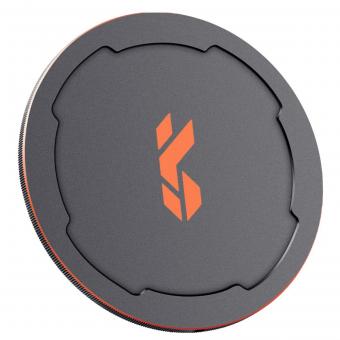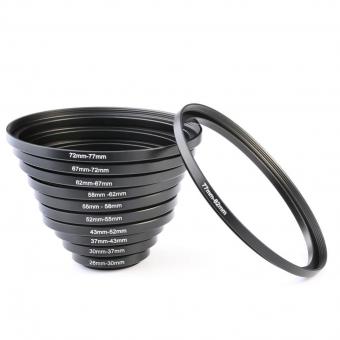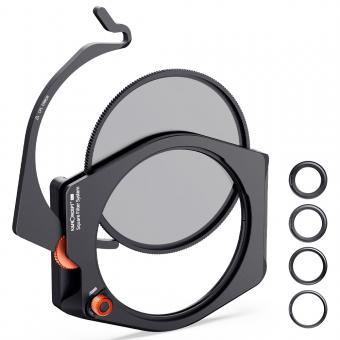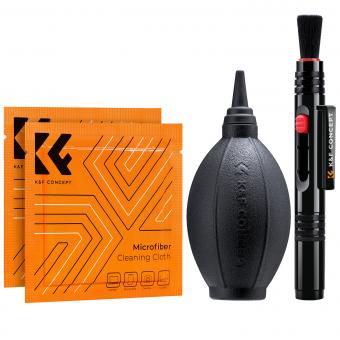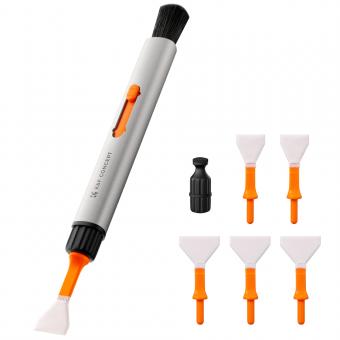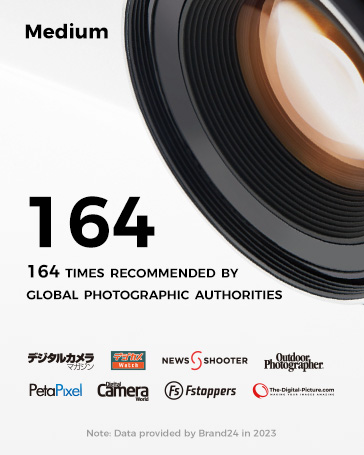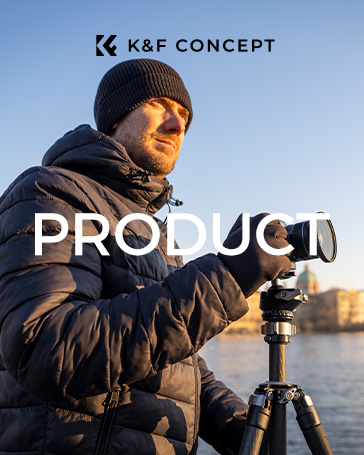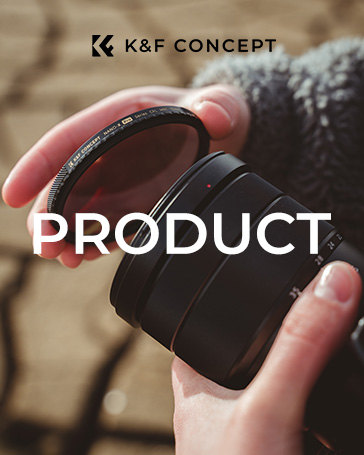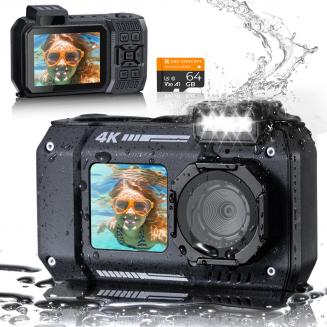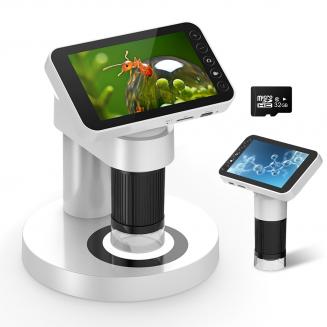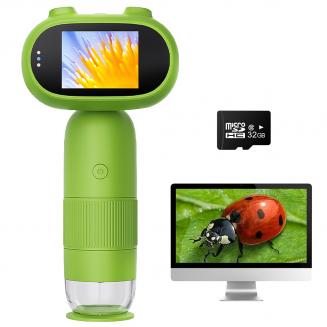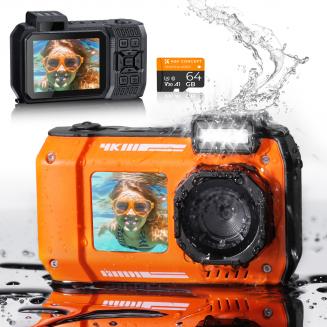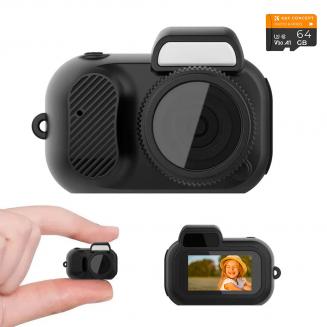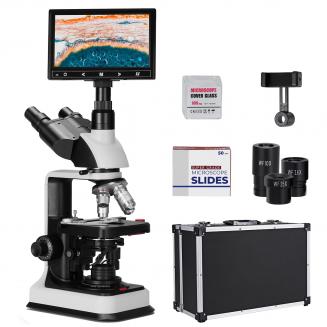67mm Threaded Screw-in Lens Hood Universal with Cleaning Cloth
In Stock
On Sale
A$12.99
A$16.66
New customer gift package
&FREE Shipping to Australia
Features
- * When taking backlight, sidelight or flash photography, the hood can effectively prevent unnecessary light interference and improve the picture quality.
- * The high-quality composite material can protect the lens when you go out for shooting, and is anti-fall, bump-proof, and wear-resistant.
- * It is produced in strict accordance with the lens screw specifications to avoid light leakage and vignetting. There will be no abnormal noise or looseness after installation. (Not suitable for wide-angle shooting, cannot be smaller than 25mm focal length)
- * A vacuum-packed microfiber cleaning cloth is included to ensure that it does not damage the lens and filter, and can easily remove dirt without leaving any dust.
- * NOTE: Our lens hood is compatible with all 67mm lenses. Please verify your camera's lens thread size before ordering. Your camera's lens thread size will be marked somewhere on the lens barrel or printed underneath your lens cap. This number is always preceded by a "Ø" (diameter) symbol. For example: Ø67 = 67mm lens thread size. This is a non-reversible hood.
Related Products
A$26.99
A$12.99
Shipping
&FREE Shipping to Australia
Accessories
Frequently Bought Together

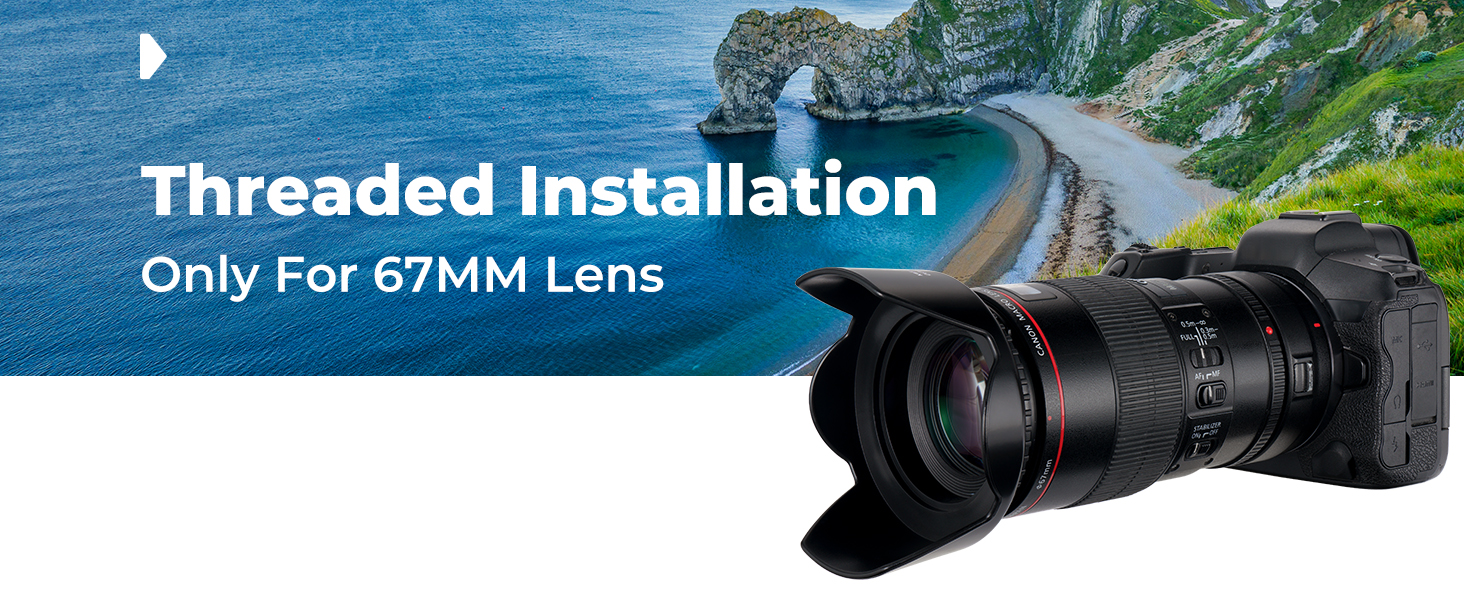
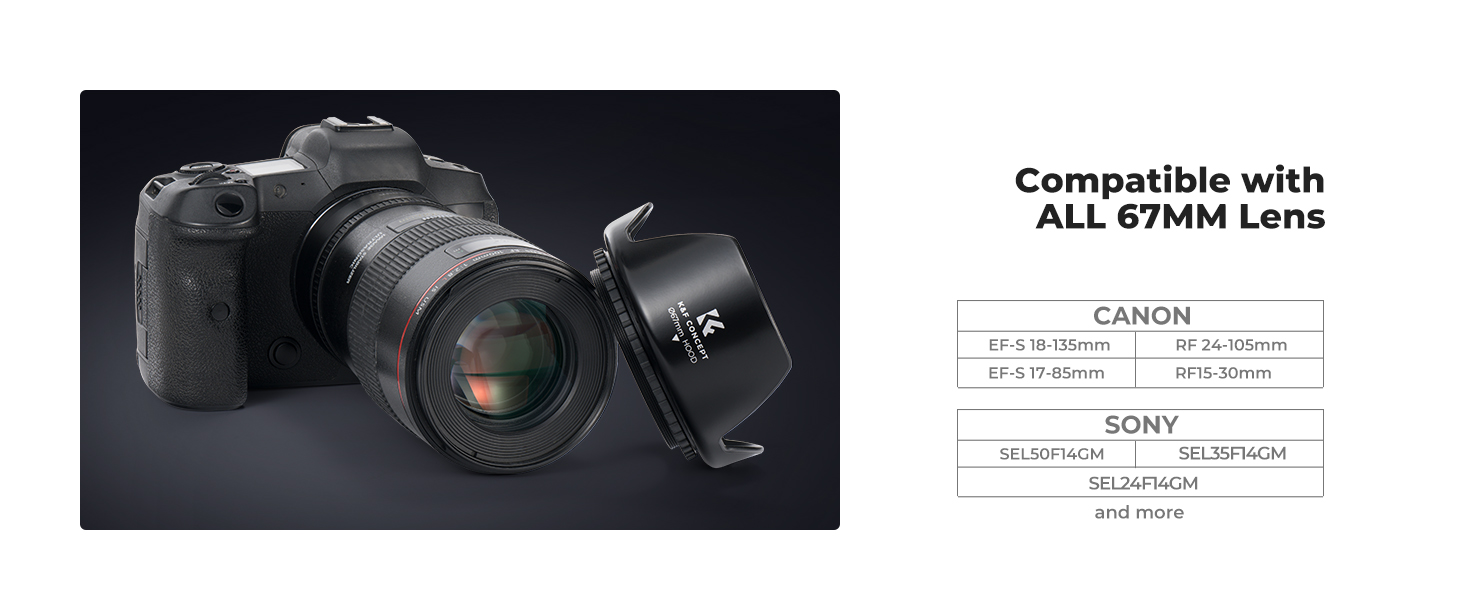
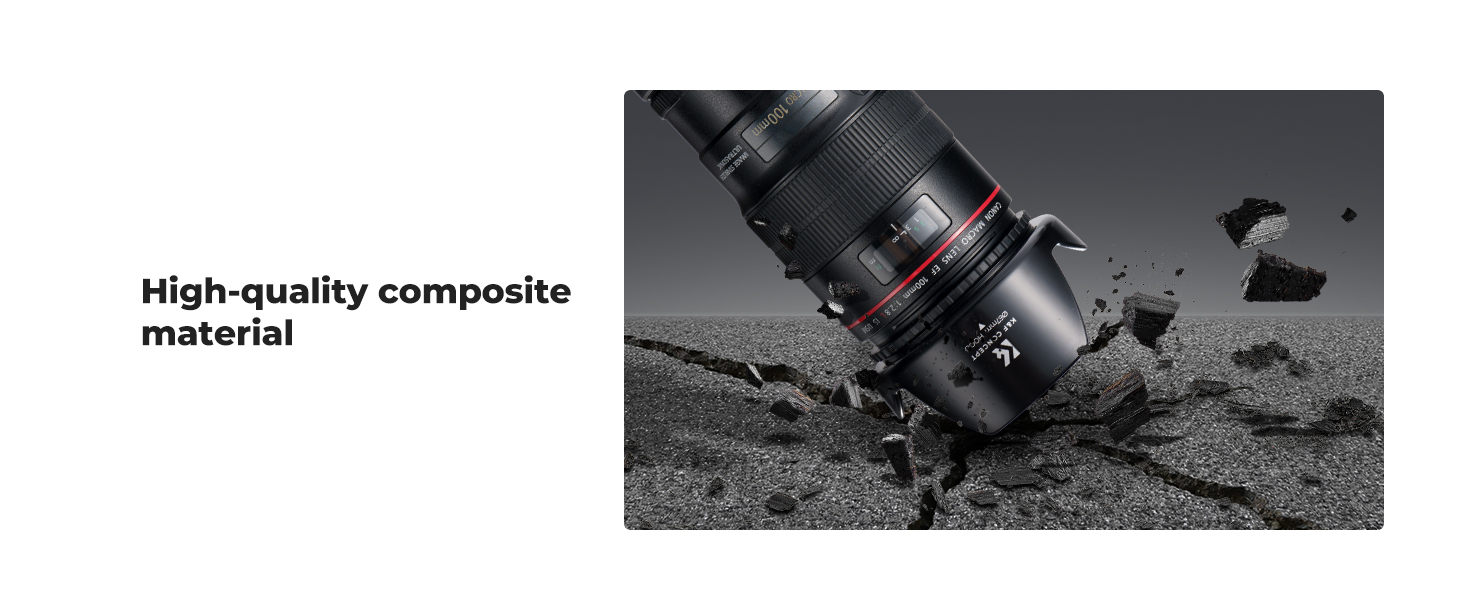
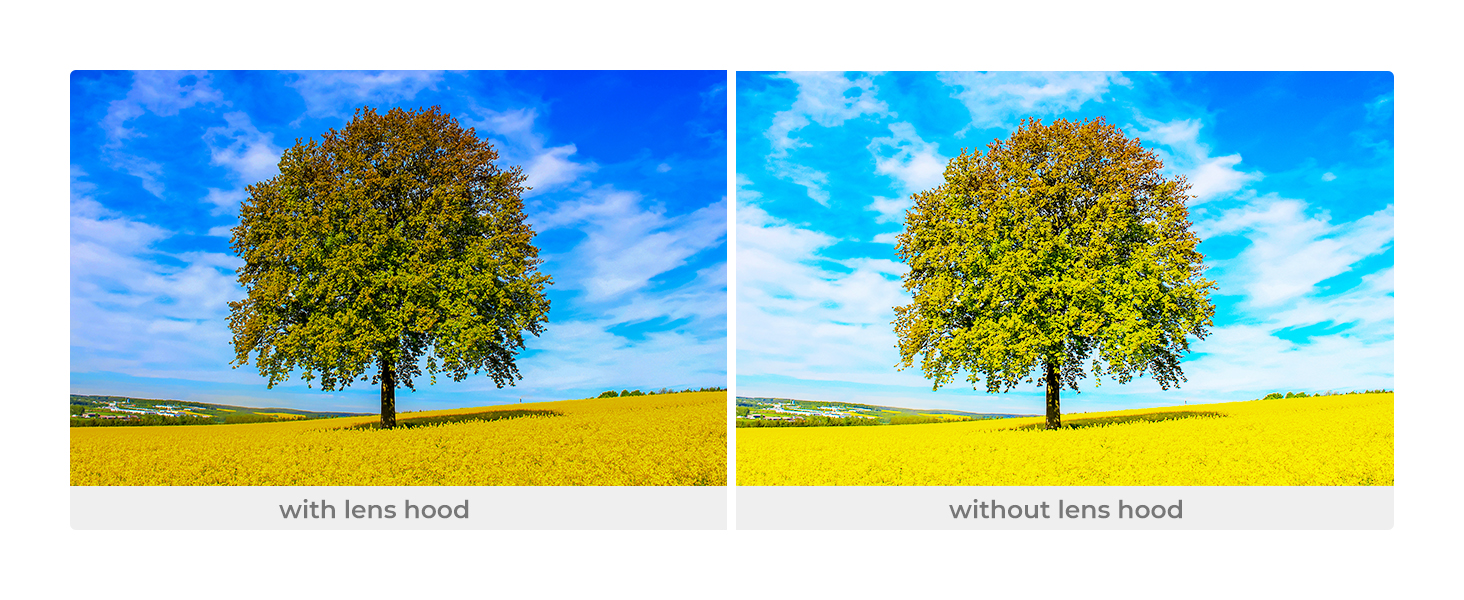
Reviews (7)
- All Reviews
- Image
Fits tight, well made.
I got this for several of the 52mm lenses I have. It threads on smoothly with no wobble and is made of nice, thick plastic.
One of these lenses is a 18-55mm zoom used on a Nikon DSLR with an APS-C format sensor. The manufacturer’s description says not to use this hood on any lens with a wider field of view than 25mm to avoid vignetting (darkening of the edges of the photo). The crop factor for Nikon APS-C sensors is 1.5x, so at 18mm this lens has a field of view comparable to 27mm on a full frame digital camera or a standard 35mm film camera which is usually used as the reference when describing the field of view of lenses attached to cameras which evolved from 35mm film cameras. Look it up to get a better idea of what I’m talking about if you don’t already know. I’m not that keen on it myself.
Anyway, 27mm is uncomfortably close to 25mm so I ran some test shots of an evenly lit yellowish blank wall with the Nikon to check for any vignetting. The camera viewfinder is not 100% accurate so I had to go with the actual pictures. I found no noticeable vignetting at 18mm as long as the hood was oriented with the two largest “petals” pretty close to 12 and 6 o’clock. I found that to achieve the no-vignette at this position, the hood needed to be screwed in all the way – meaning that the lock ring had to be all the way snugged up to the body of the hood. A partial rotation of the ring to secure the hood with the petals at the correct position was okay, but even a few full “backwards” rotations of the lock ring which prevented the hood being screwed down as far as possible started giving me some vignetting.
Even locked down to the right position to start off there’s a slight rotation of the front of the lens to achieve proper focusing (unless you have one of those expensive lenses that have internal focusing), but the movement is fairly minor and didn’t give me any trouble. You probably will have trouble, though, if you screw the hood onto a filter and then try to shoot at 18mm! If using a zoom lens you could cancel any vignette by just selecting a slightly longer focal length at which to shoot.
Apologies for going on, but the take-away is that you shouldn’t have vignette issues using this hood at 18mm on a APS-C format camera. Canon has a 1.6x crop factor which puts you even farther from the 25mm danger zone. If you have a full frame format digital or a 35mm film camera, you would have major issues at 18mm. So, then don’t use any focal length under the 25mm mentioned. Of course, if you are using a zoom lens, you can use it fine at focal lengths greater than 25mm.
I don’t need to penalize this hood by taking away stars as it seems to be well made and does its job very inexpensively.
One of these lenses is a 18-55mm zoom used on a Nikon DSLR with an APS-C format sensor. The manufacturer’s description says not to use this hood on any lens with a wider field of view than 25mm to avoid vignetting (darkening of the edges of the photo). The crop factor for Nikon APS-C sensors is 1.5x, so at 18mm this lens has a field of view comparable to 27mm on a full frame digital camera or a standard 35mm film camera which is usually used as the reference when describing the field of view of lenses attached to cameras which evolved from 35mm film cameras. Look it up to get a better idea of what I’m talking about if you don’t already know. I’m not that keen on it myself.
Anyway, 27mm is uncomfortably close to 25mm so I ran some test shots of an evenly lit yellowish blank wall with the Nikon to check for any vignetting. The camera viewfinder is not 100% accurate so I had to go with the actual pictures. I found no noticeable vignetting at 18mm as long as the hood was oriented with the two largest “petals” pretty close to 12 and 6 o’clock. I found that to achieve the no-vignette at this position, the hood needed to be screwed in all the way – meaning that the lock ring had to be all the way snugged up to the body of the hood. A partial rotation of the ring to secure the hood with the petals at the correct position was okay, but even a few full “backwards” rotations of the lock ring which prevented the hood being screwed down as far as possible started giving me some vignetting.
Even locked down to the right position to start off there’s a slight rotation of the front of the lens to achieve proper focusing (unless you have one of those expensive lenses that have internal focusing), but the movement is fairly minor and didn’t give me any trouble. You probably will have trouble, though, if you screw the hood onto a filter and then try to shoot at 18mm! If using a zoom lens you could cancel any vignette by just selecting a slightly longer focal length at which to shoot.
Apologies for going on, but the take-away is that you shouldn’t have vignette issues using this hood at 18mm on a APS-C format camera. Canon has a 1.6x crop factor which puts you even farther from the 25mm danger zone. If you have a full frame format digital or a 35mm film camera, you would have major issues at 18mm. So, then don’t use any focal length under the 25mm mentioned. Of course, if you are using a zoom lens, you can use it fine at focal lengths greater than 25mm.
I don’t need to penalize this hood by taking away stars as it seems to be well made and does its job very inexpensively.
02/06/2024
Perfect Fit, No Issues
The threads are spaced perfectly. I had no issue getting in on either of my 58mm lenses. The microfiber cloth is standard and does its' job. Not really much else to say about it. The hood does what it's supposed to and it does it well.
01/06/2024
Solid backup lens hood
This lens hood allows replacing the OEM lens hood. I personally keep the original lens hoods safely for reselling, so this affordable K&F lens hood allows me to protect the lens while keeping the original lens hood safely in a box. The lens hood is solidly built, all plastic but feels sturdy. There are some grooves to help distinguish this lens hood and possibly help with the rotation if needed.
Overall this is an affordable and reliable alternative lens hood.
Overall this is an affordable and reliable alternative lens hood.
01/06/2024
Great Accessory For My Camera
This is a great accessory for my camera. It's easy to use and helps up the quality of my work.
28/05/2024
Strong material, great size for common lenses
This is a good size for the 55-250 lens. It is made of high quality material and feels strong and durable. I like this brand--they always seem to have good quality products. This lens hood should be great for keeping out side lighting glares and also for a little bit of extra protection on bumping the lens.
19/05/2024
Much needed threaded hood
I needed a good hood for my IPhone.... I use external lenses and filters on some of my shots and they are threaded to 52mm... I use a step up from 52 to 58 so I can match the filter and lens size on my DSLR... One size lenses now for both... The hood helps cut down light anomalies and flare that I am not looking for in the pictures...
18/05/2024
Perfect
Love this. Fits perfectly. Easy to store with on, can even use lense cover which I thought was super convenient.
17/05/2024
FAQs
A
An accessory installed on the front end of the lens and connected to the lens port through threads. It is mainly used to reduce scattered light entering the lens, prevent halos and lens flare, thereby improving photo quality.
Show More
A
Check the specifications of the front of the lens. Usually the lens will indicate the thread size of the front lens, which is the number after the ø symbol.
Show More
A
Not necessarily, but in most cases, using a lens hood can improve the quality of your photos, especially when shooting in bright light conditions.
Show More
New Releases
A$209.99 A$149.99
Top Bestselling Products

